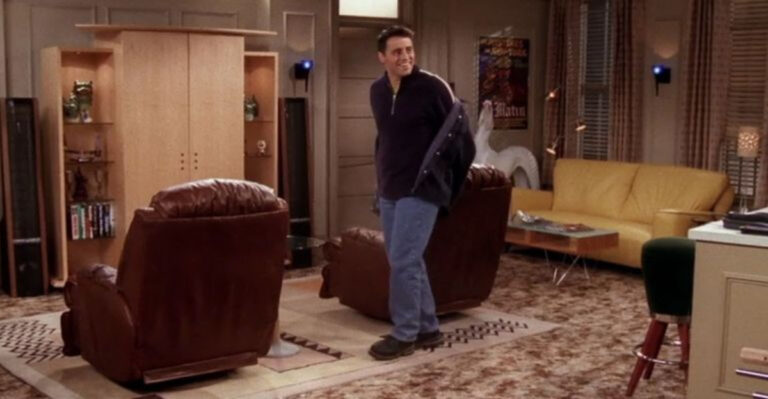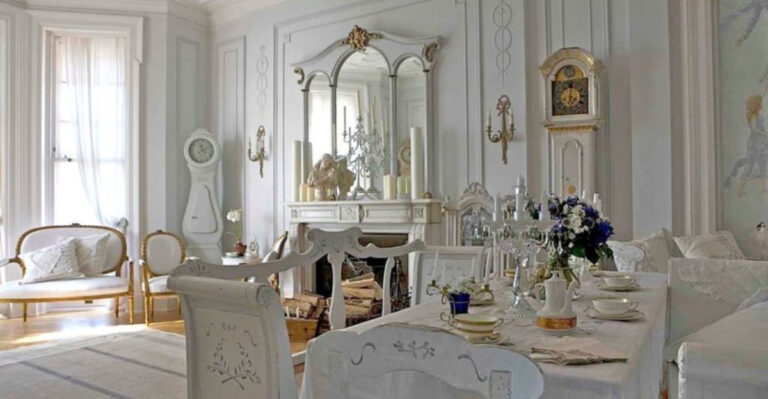17 Living Room Red Flags Appraisers Say Reveal A Cheap Flip Job
Flipping homes can seem like a golden ticket, but I’ve learned the hard way that cutting corners in the living room is a fast track to tanking your home’s value.
Appraisers have a sixth sense for spotting shoddy work, especially in the heart of the home where everyone gathers. Trust me, nothing ruins a first impression like sloppy paint, cheap fixtures, or mismatched flooring.
Whether you’re buying, selling, or just sprucing things up, it pays to know the red flags of a rushed flip. A little extra care here can mean the difference between a dream sale and a major disappointment.
1. Mismatched Flooring Transitions
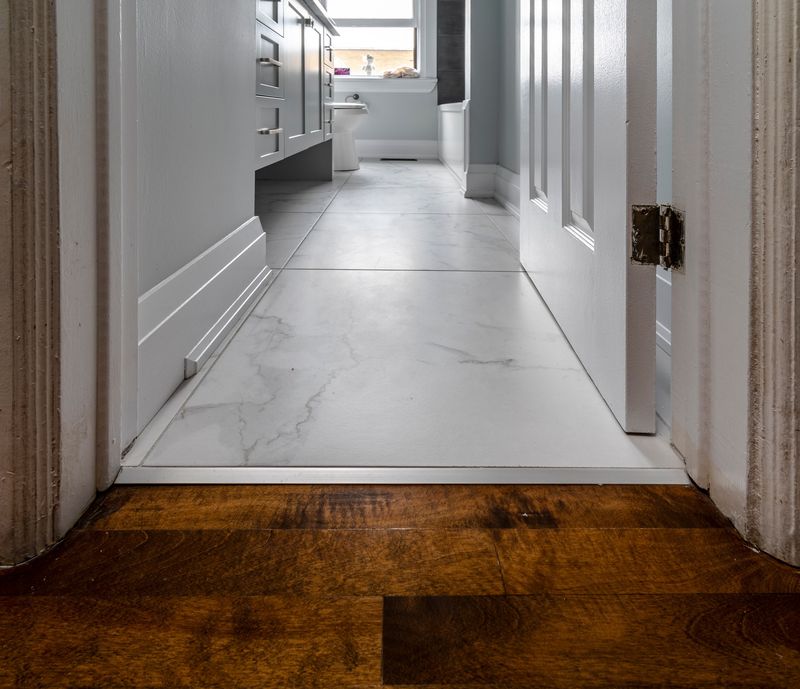
Nothing screams amateur renovation like awkward flooring transitions between rooms. Pros take time to create seamless connections, while flippers often slap different materials together without proper transition strips.
You’ll spot these jarring junctions where laminate meets tile or hardwood with noticeable gaps or height differences. Good transitions require precision cutting and specific moldings to create a polished look.
Appraisers immediately notice these shortcuts because they indicate overall carelessness throughout the renovation process.
2. Hollow-Core Interior Doors
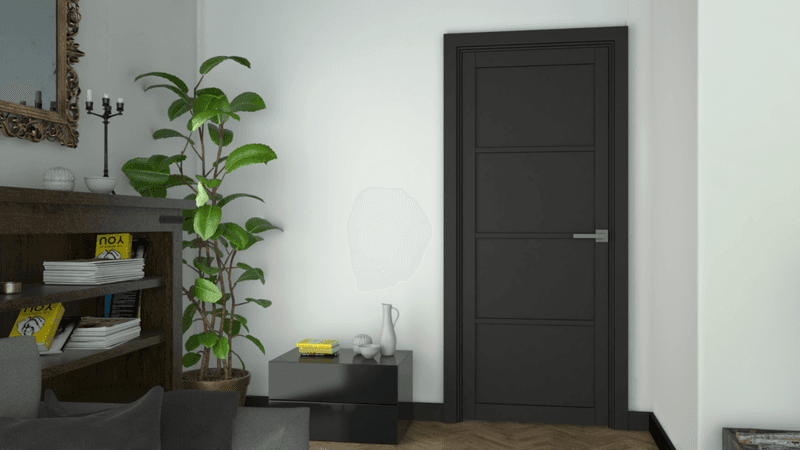
Lightweight, flimsy doors that sound hollow when knocked are instant red flags to appraisers. Quality homes feature solid-core doors that provide sound insulation and convey substance.
Budget flippers install the cheapest hollow options available at big box stores. These doors typically have that unmistakable factory finish without any character or weight.
The difference becomes obvious when you open or close them—quality doors swing with a satisfying heft, while cheap ones feel like cardboard and often don’t latch properly.
3. Painted-Over Outlets And Switches
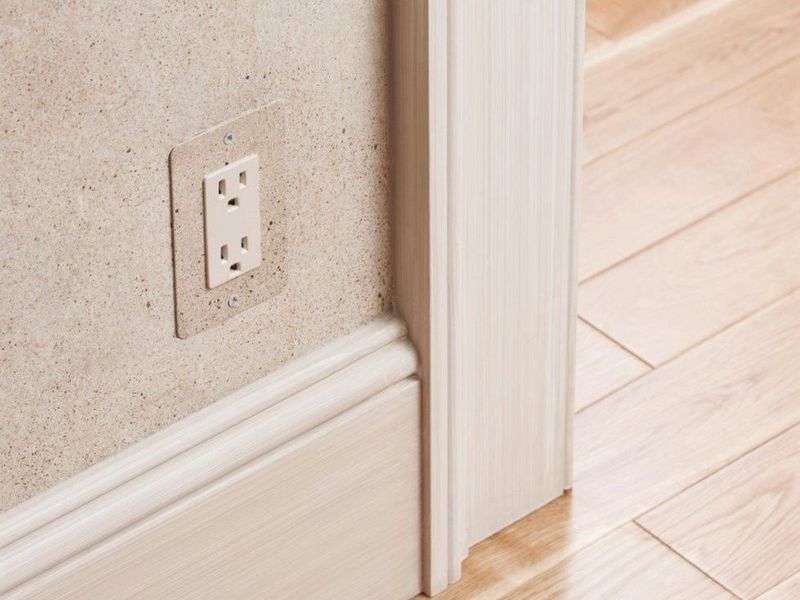
Lazy flippers roll right over electrical fixtures instead of taking time to remove plate covers. Paint-splattered outlets and switches with crusty edges look sloppy and suggest electrical work might have been equally careless.
Sometimes you’ll even find paint inside the actual outlets or switch toggles, creating potential fire hazards. Professional renovators always remove covers, tape carefully, or replace fixtures entirely.
This small detail speaks volumes about attention to detail throughout the entire renovation process.
4. Uneven Baseboards And Trim
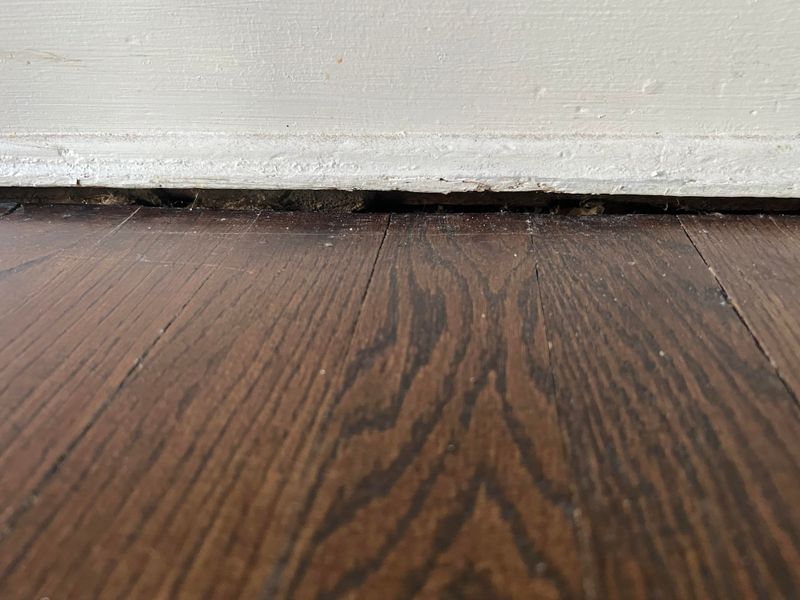
Baseboards should flow seamlessly around a room with perfectly mitered corners and consistent height. Hasty flippers often rush this detail, resulting in gaps at joints and corners that don’t meet properly.
Look for caulk-filled voids, mismatched profiles where pieces meet, or sections where the baseboard height suddenly changes. Quality trim work requires careful measurement and precise cutting.
Appraisers notice these details immediately because they indicate whether the renovator took time with finishing touches or just raced to completion.
5. Popcorn Ceiling Patch Jobs
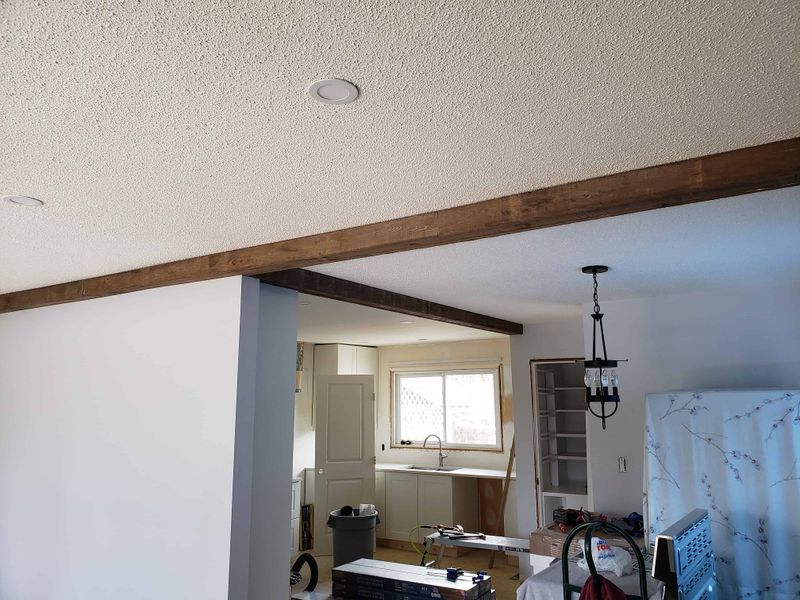
Nothing dates a living room like popcorn texture, but partial fixes are even worse! Spot the amateur flip by looking for sections where textures don’t match—smooth patches amid bumpy popcorn or uneven application.
Professional renovators either remove popcorn entirely or ensure repairs blend seamlessly. Flippers often spray new texture without proper preparation, creating obvious repair zones.
These ceiling mismatches catch light differently, creating shadows that highlight the patchwork effect and scream “quick fix” to any appraiser.
6. Crooked Light Fixtures
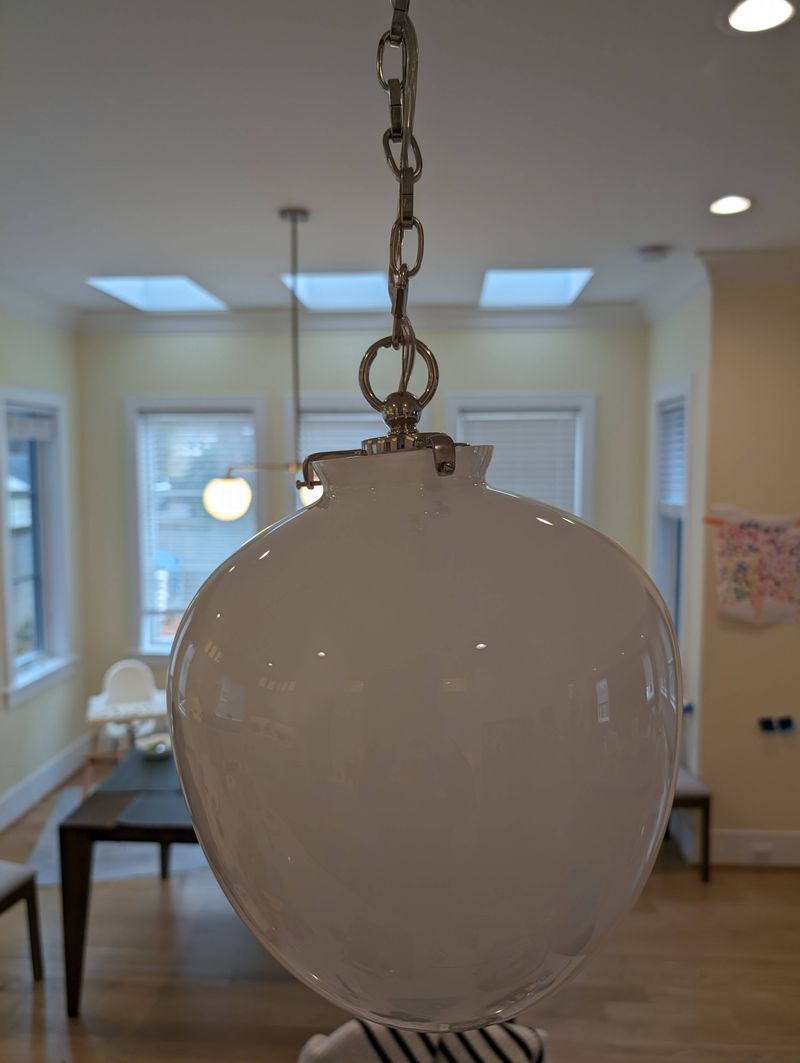
Ceiling lights should hang perfectly level with the floor. Rushed installations result in chandeliers or pendant lights that tilt noticeably to one side, creating an immediate visual distraction.
Quality electricians take time to secure mounting hardware properly and ensure fixtures hang straight. Budget flippers often reuse old electrical boxes without reinforcing them for heavier new fixtures.
This seemingly small detail jumps out immediately to appraisers because it’s literally hanging right before their eyes, suggesting electrical corners were cut throughout the home.
7. Improperly Sized Ceiling Fans
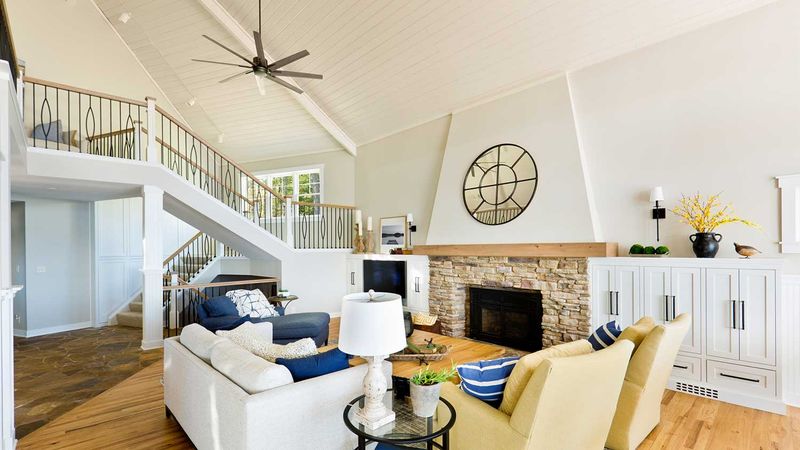
Fans that look like toy propellers in large rooms or helicopter blades in small spaces instantly reveal a flipper’s lack of design sense. Proper sizing follows specific room-to-blade-span ratios that balance functionality and aesthetics.
Budget renovators grab whatever’s on sale without considering scale. You’ll notice these mismatched fans immediately—they either disappear visually or overwhelm the space entirely.
Beyond looking odd, incorrectly sized fans function poorly, creating either ineffective air movement or uncomfortable downdrafts that new homeowners will immediately want to replace.
8. Poorly Spaced Recessed Lighting
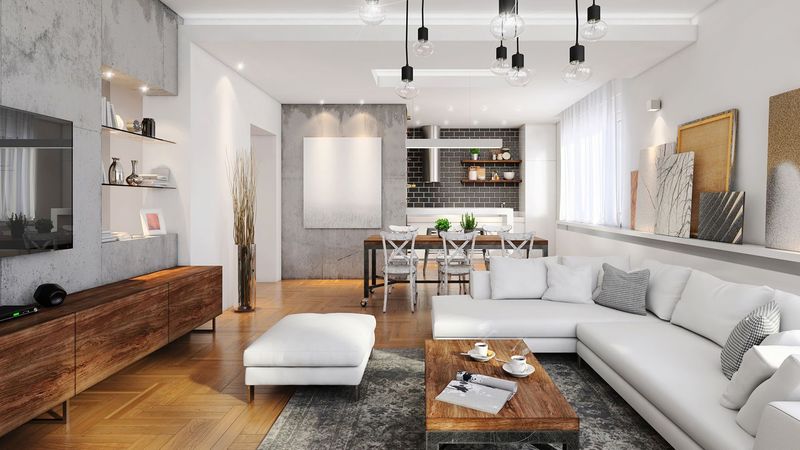
Random ceiling spotlights create weird shadow patterns and uneven illumination. Professional lighting design follows specific spacing formulas based on ceiling height and room dimensions.
Flippers often add recessed lights without planning, resulting in bright spots, dark zones, and visually jarring layouts. Look for lights that don’t align with architectural features or follow any logical pattern.
Quality renovations create a lighting grid with consistent spacing that provides even illumination throughout the living area.
9. Floating Laminate Floor Bubbles
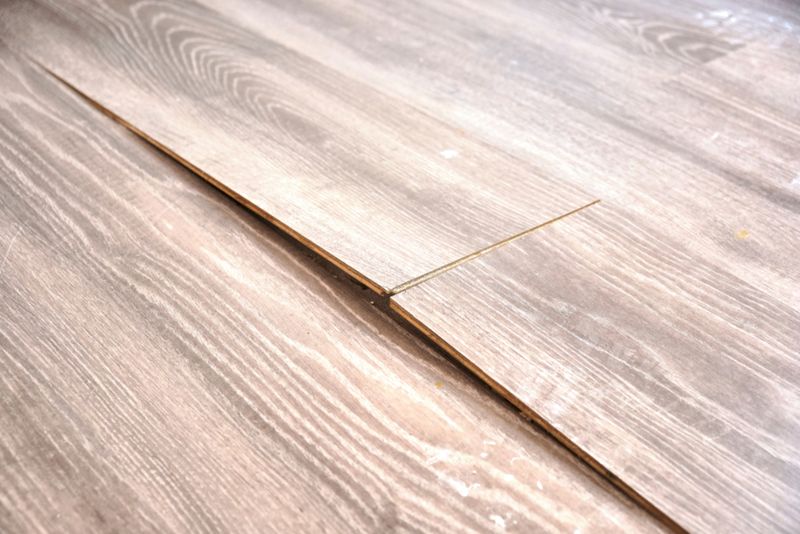
Budget laminate flooring installed without proper acclimation develops bubbles and waves that catch light unpleasantly. Quality installations require letting materials adjust to home humidity levels for days before installation.
Impatient flippers skip this crucial step. Look for raised sections where planks push against each other or spots that feel spongy underfoot—these indicate improper subfloor preparation.
These defects worsen over time as seasonal humidity changes cause further expansion and contraction in the poorly installed flooring.
10. Misaligned Cabinet Doors
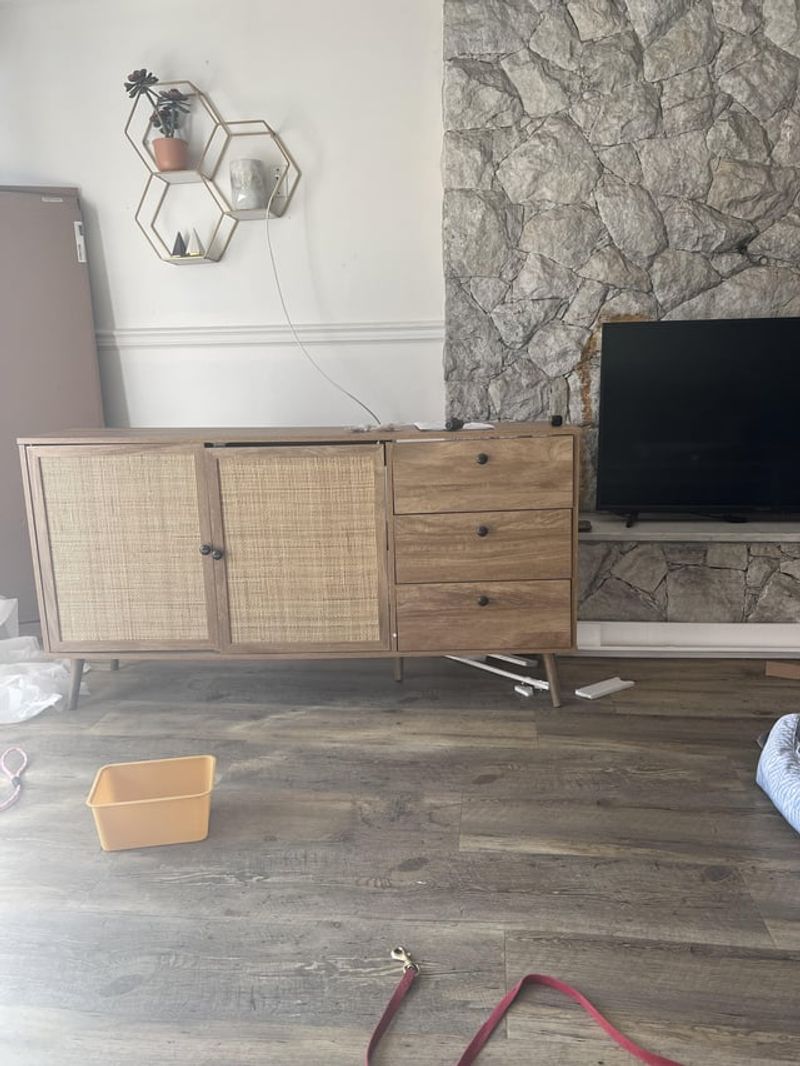
Living rooms with built-in cabinets or entertainment centers reveal quality through door alignment. Cabinet faces should create a perfect grid with even gaps all around.
Hasty flippers rarely take time to adjust hinges properly. Look for doors that hang crooked, gaps that widen at the bottom or top, or doors that don’t close fully.
Quality cabinetry includes adjustment screws specifically for fine-tuning alignment—a step rushed renovators typically skip entirely.
11. Single-Coat Paint Coverage

Walls with streaky color where previous paint shows through reveal a flipper who skimped on materials. Quality painting requires proper priming and multiple coats, especially when covering darker colors.
Budget renovators often use the cheapest paint applied in a single hurried coat. Check near windows where natural light reveals uneven coverage or look for “flashing”—spots where touch-ups appear different from surrounding areas.
This corner-cutting becomes more obvious over time as thin paint layers fade unevenly or fail to resist cleaning.
12. Fake Marble Contact Paper

Budget flippers love using stick-on marble films to create the illusion of luxury surfaces on fireplace mantels or built-ins. These phony finishes bubble at the edges and show obvious repeating patterns that real stone never has.
Run your hand across suspicious marble—genuine stone feels cool to the touch and has subtle texture variations. Contact paper feels uniformly warm and plasticky.
The fake finish typically starts peeling at corners within months, especially near heat sources like fireplaces.
13. Unfinished Window Treatments

Hastily installed blinds or curtains reveal themselves through crooked mounting hardware and improper sizing. Professional window treatments should fit perfectly within or around the window frame.
Budget flips often feature ready-made blinds cut down imprecisely or hanging hardware installed at uneven heights. Watch for curtains that don’t reach the floor or blinds that leave large light gaps at the sides.
These shortcuts create immediate visual distractions in what should be a polished living space.
14. Obvious Drywall Patches
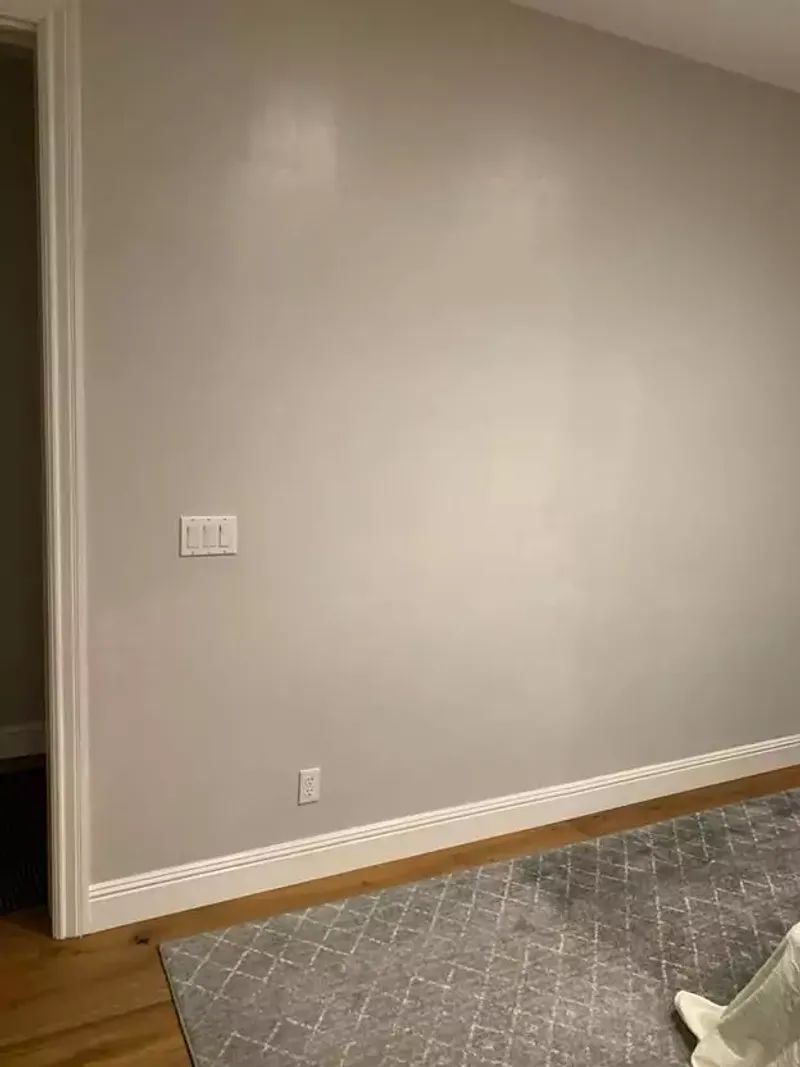
Walls should present a seamless surface without visible repairs. Amateur patch jobs reveal themselves through “ghosting”—subtle texture differences that catch light differently than surrounding areas.
Look closely at walls near light switches or where pictures might have hung. Quality drywall repair requires multiple coats of compound, careful sanding, and proper priming before painting.
Flippers often rush these steps, creating spots that appear smoother or rougher than the rest of the wall and become more obvious as lighting conditions change throughout the day.
15. Wobbly Ceiling Fixtures
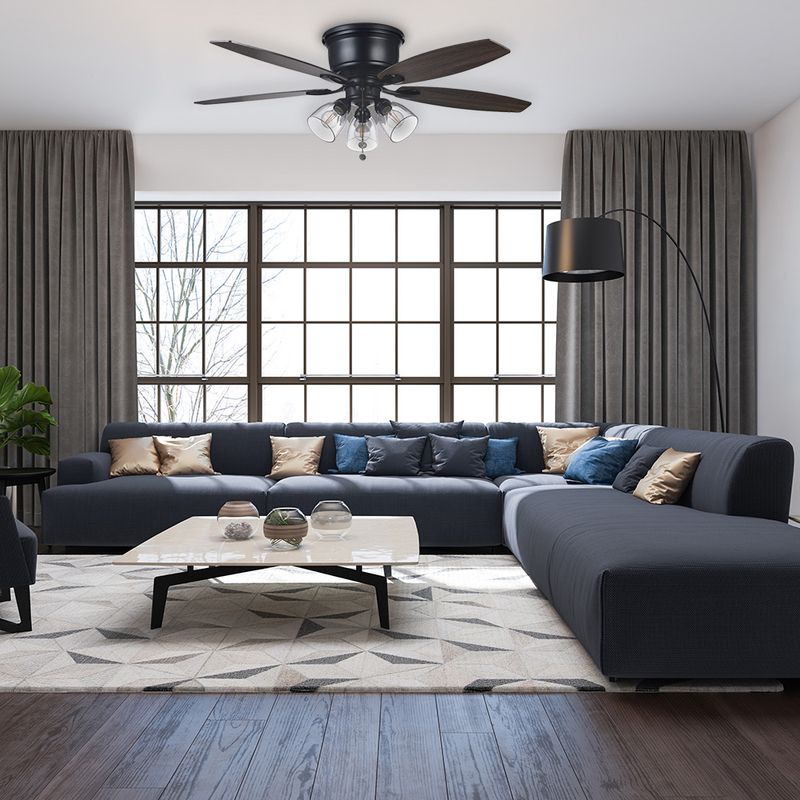
Ceiling fans or light fixtures should feel solidly mounted without any movement. Grab the edge of a suspect fixture and give a gentle push—quality installations won’t budge at all.
Hasty flippers often skip reinforcing electrical boxes or proper mounting brackets. This dangerous shortcut can lead to fixtures eventually falling, especially with ceiling fans that create constant vibration.
Appraisers specifically check for this issue as it represents both a safety hazard and evidence of substandard electrical work throughout the home.
16. Painted Brick Fireplace Mess

Painting brick requires special preparation and materials to look professional. Hasty flippers slap regular wall paint directly onto brick, creating a gloppy, dripping mess that obscures natural texture.
Quality brick painting preserves the mortar lines and subtle brick texture while changing only the color. Look for thick paint buildup in mortar joints or uneven coverage that doesn’t reach into crevices.
This shortcut becomes more obvious over time as improper paint begins chipping or yellowing from fireplace heat.
17. Obvious Outlet Additions
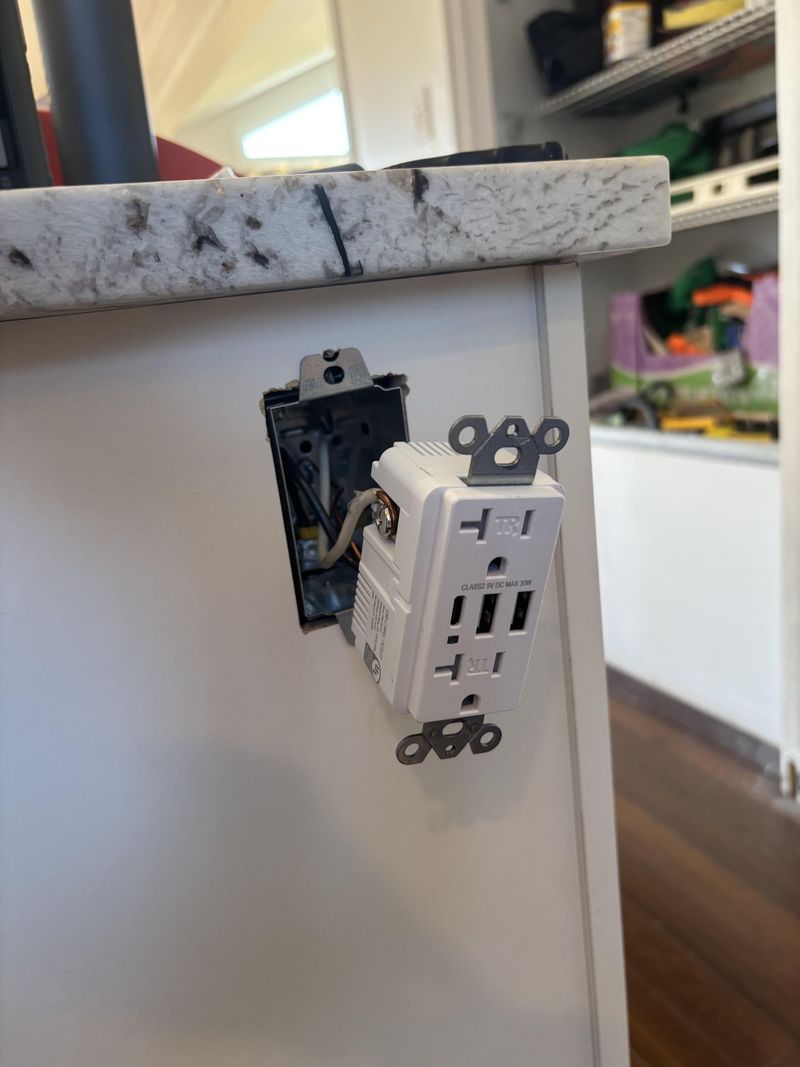
Modern living rooms need plenty of outlets, but hastily added electrical points stick out like sore thumbs. Look for outlets at odd heights, misaligned with others in the room, or with oversized cover plates covering rough drywall cuts.
Professional electricians carefully plan new outlet locations to match existing ones. They take time to repair drywall properly around new boxes.
Budget flippers rush this work, creating visual disruptions along otherwise clean wall surfaces that immediately signal amateur electrical modifications.




